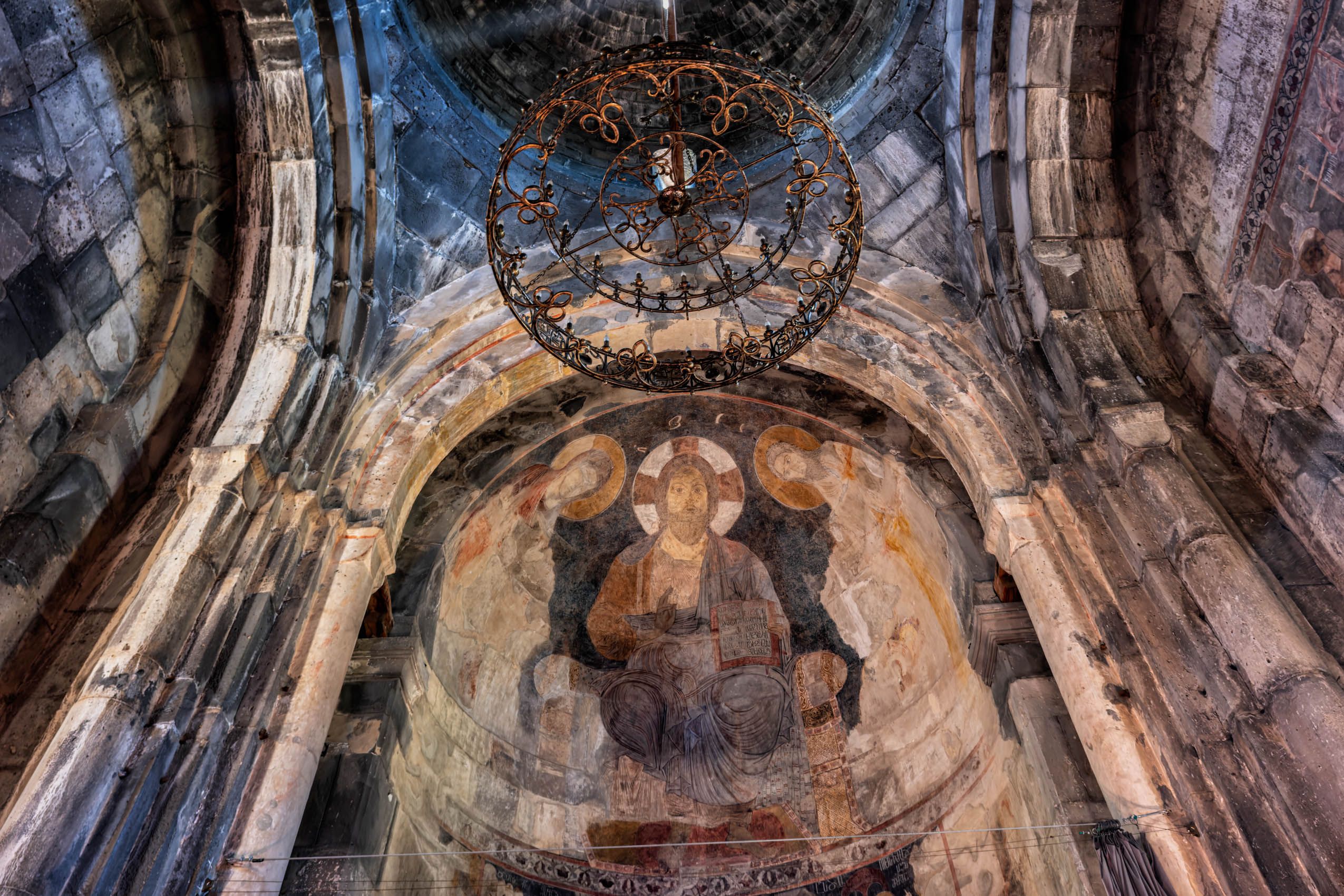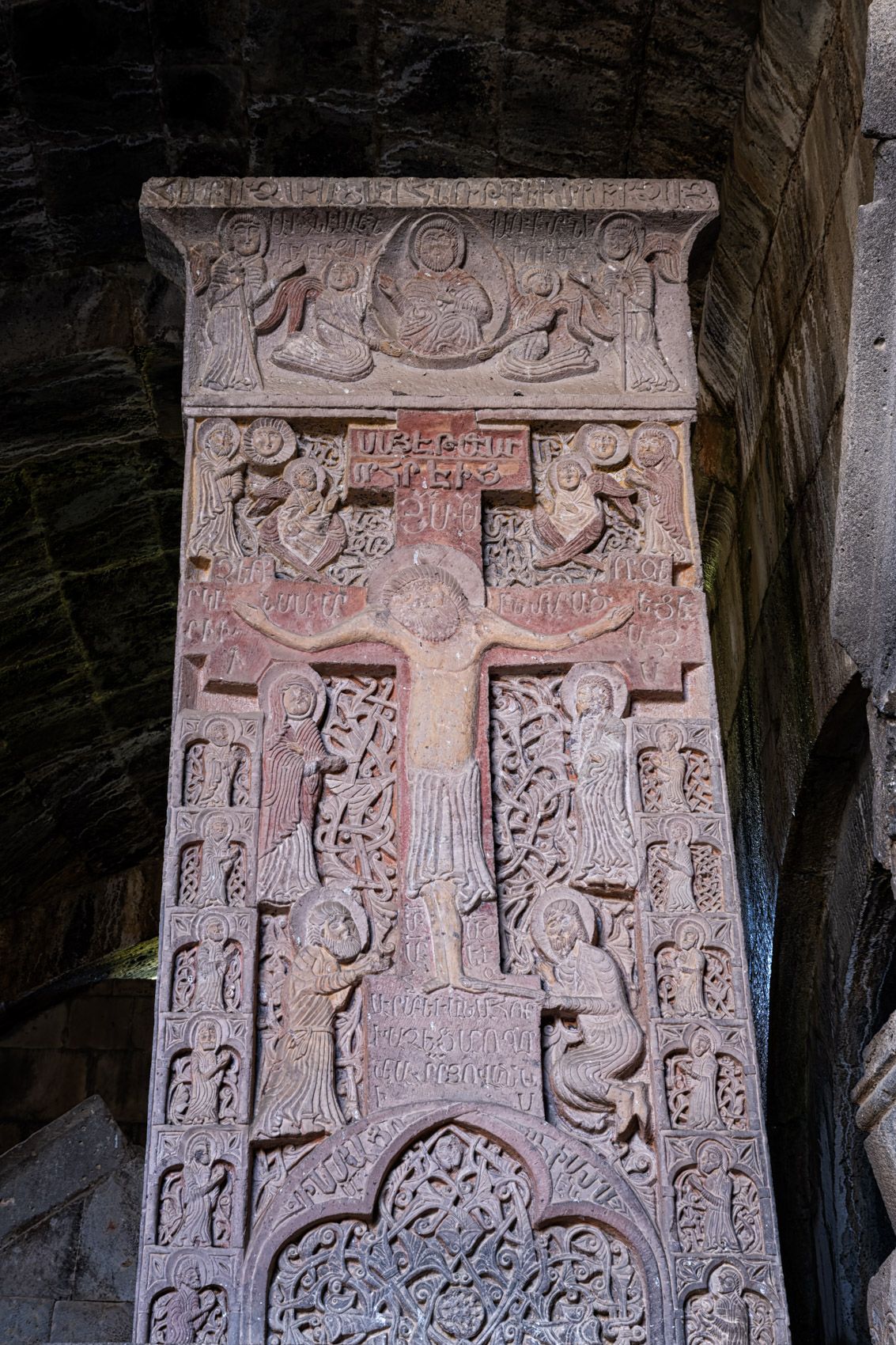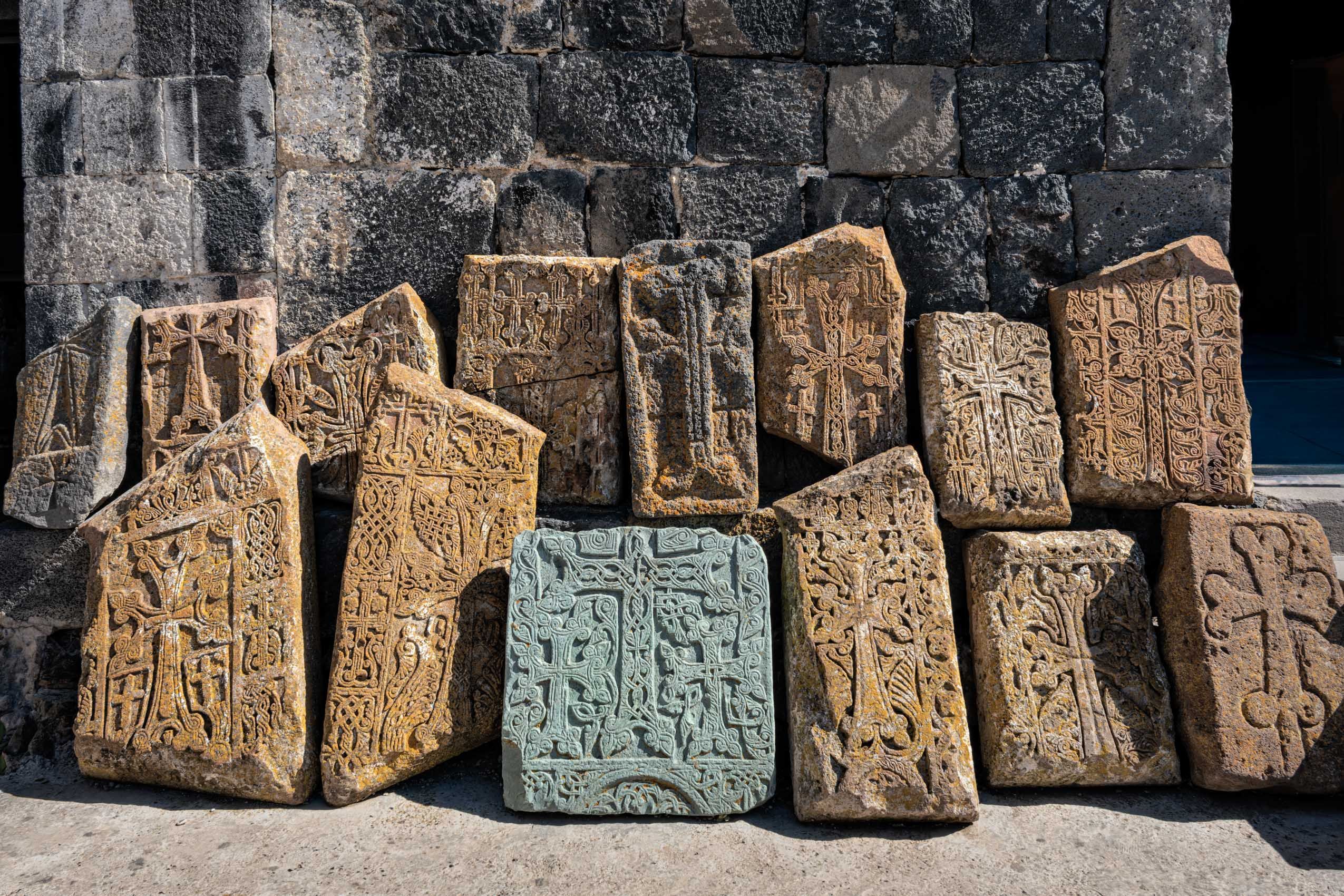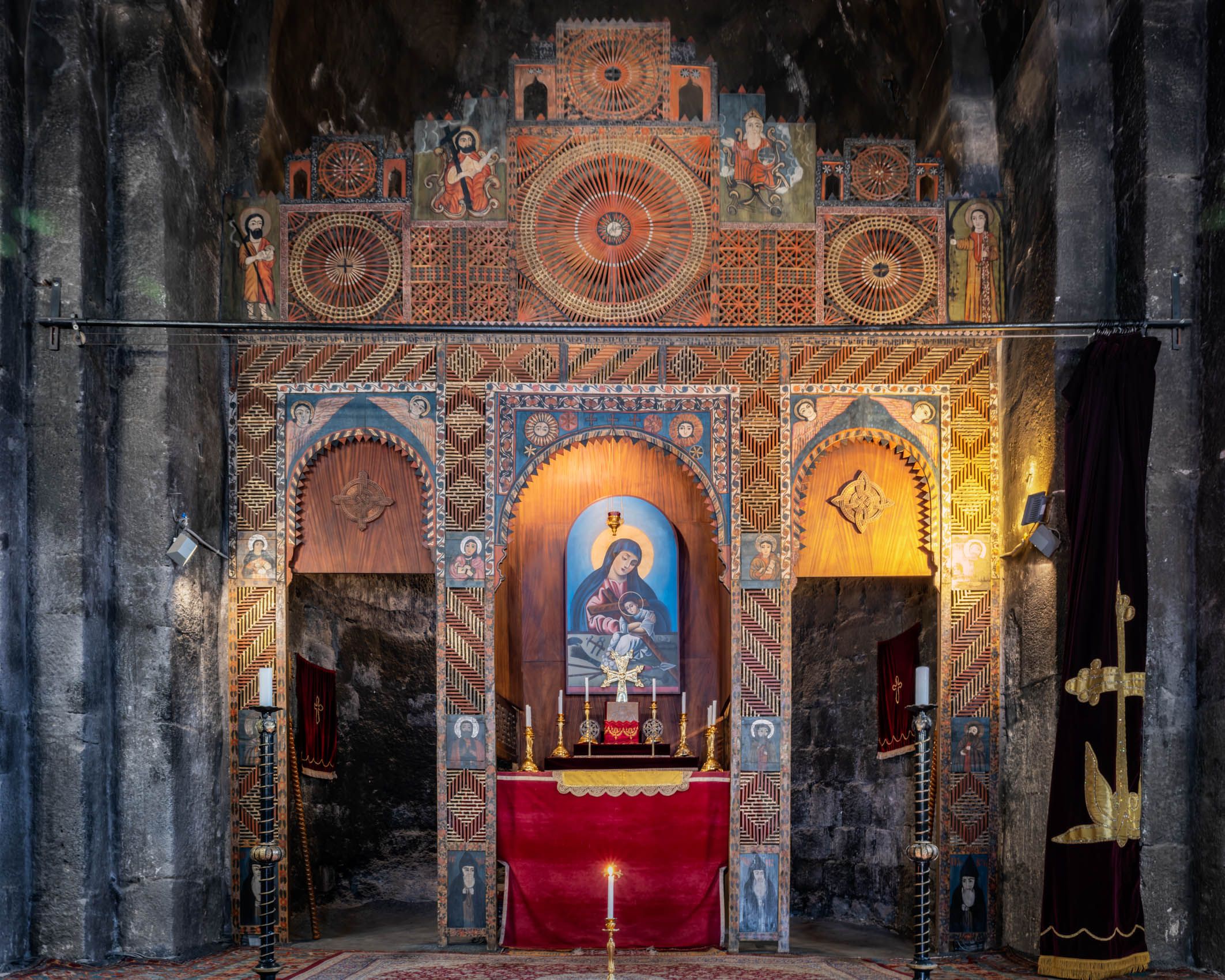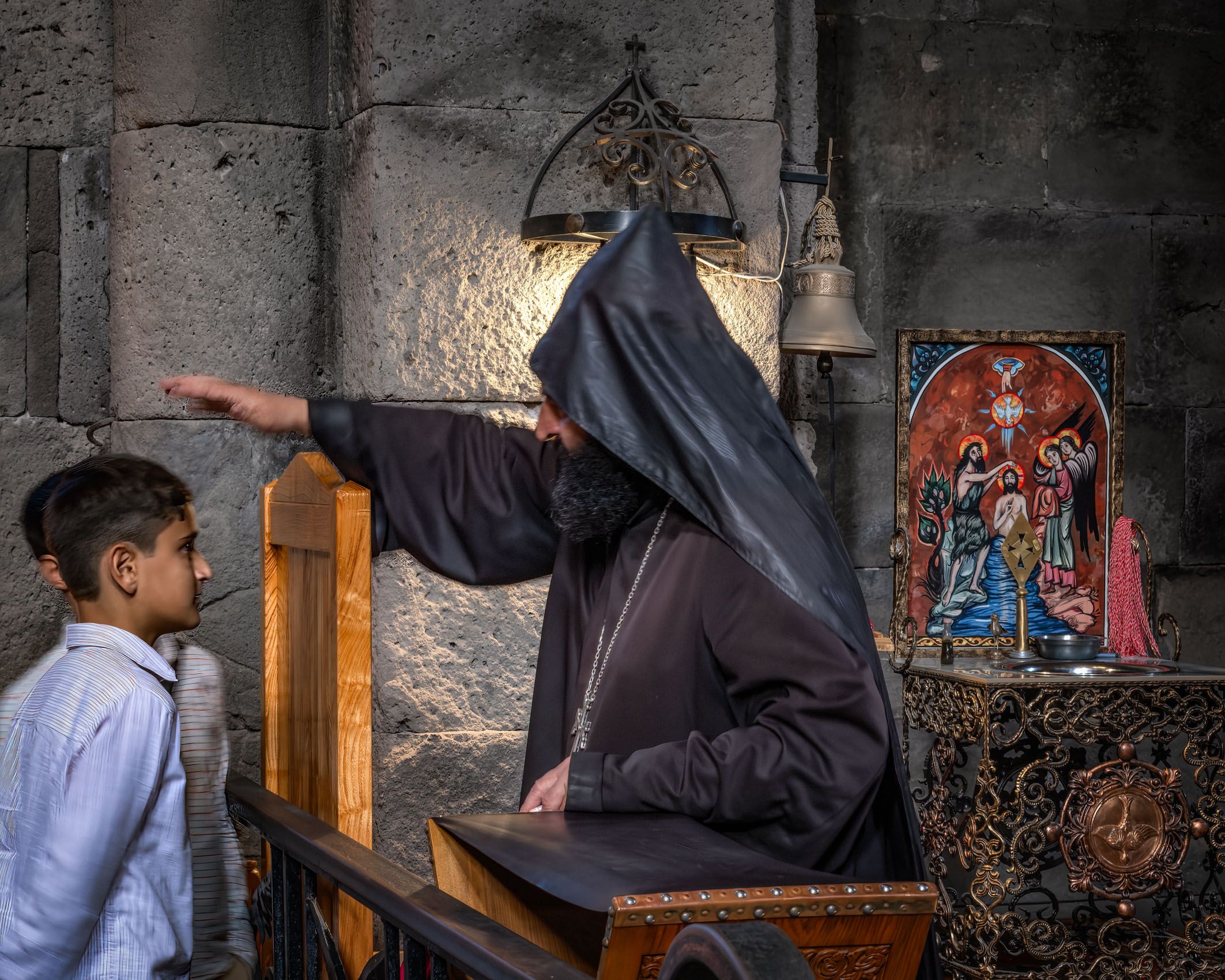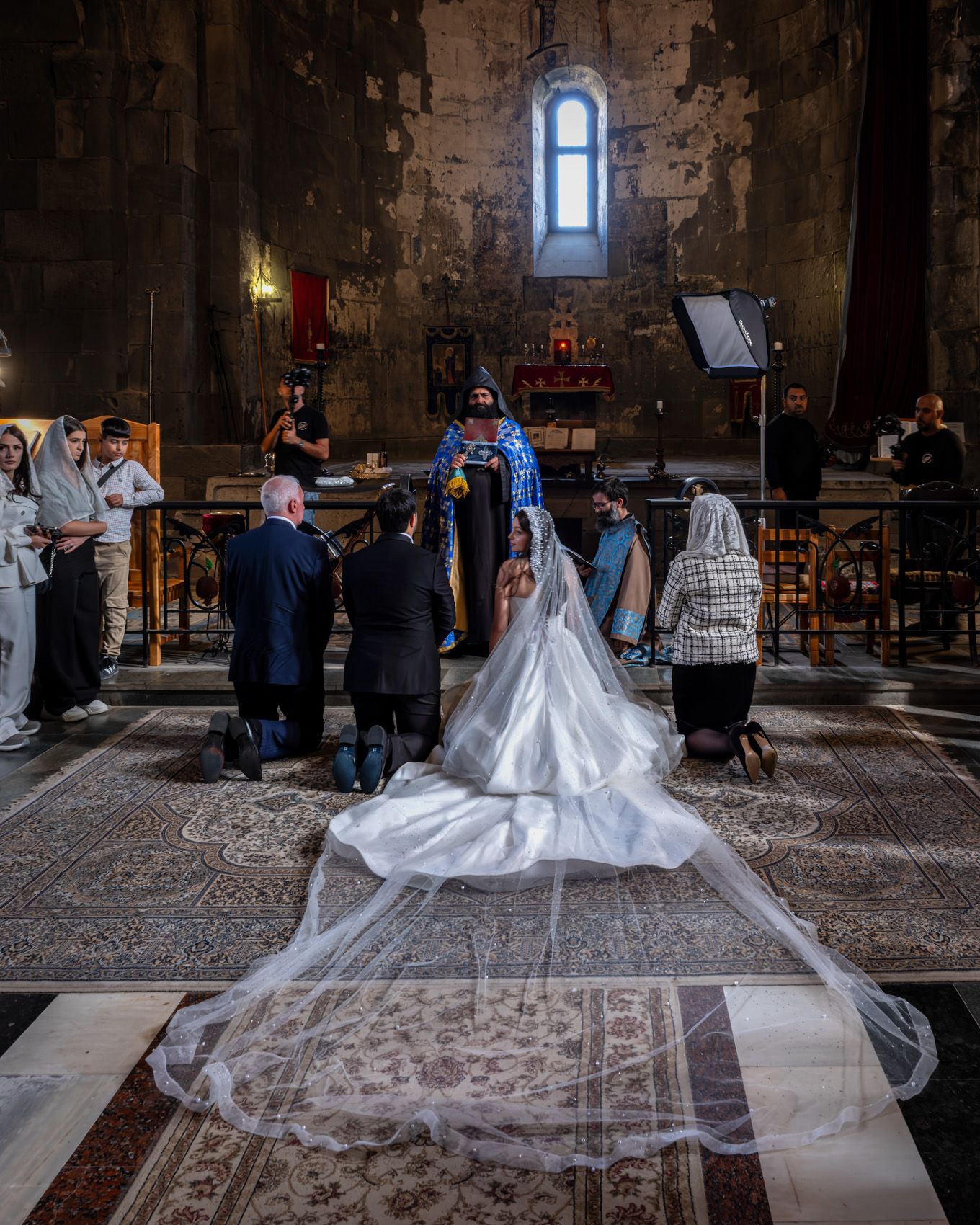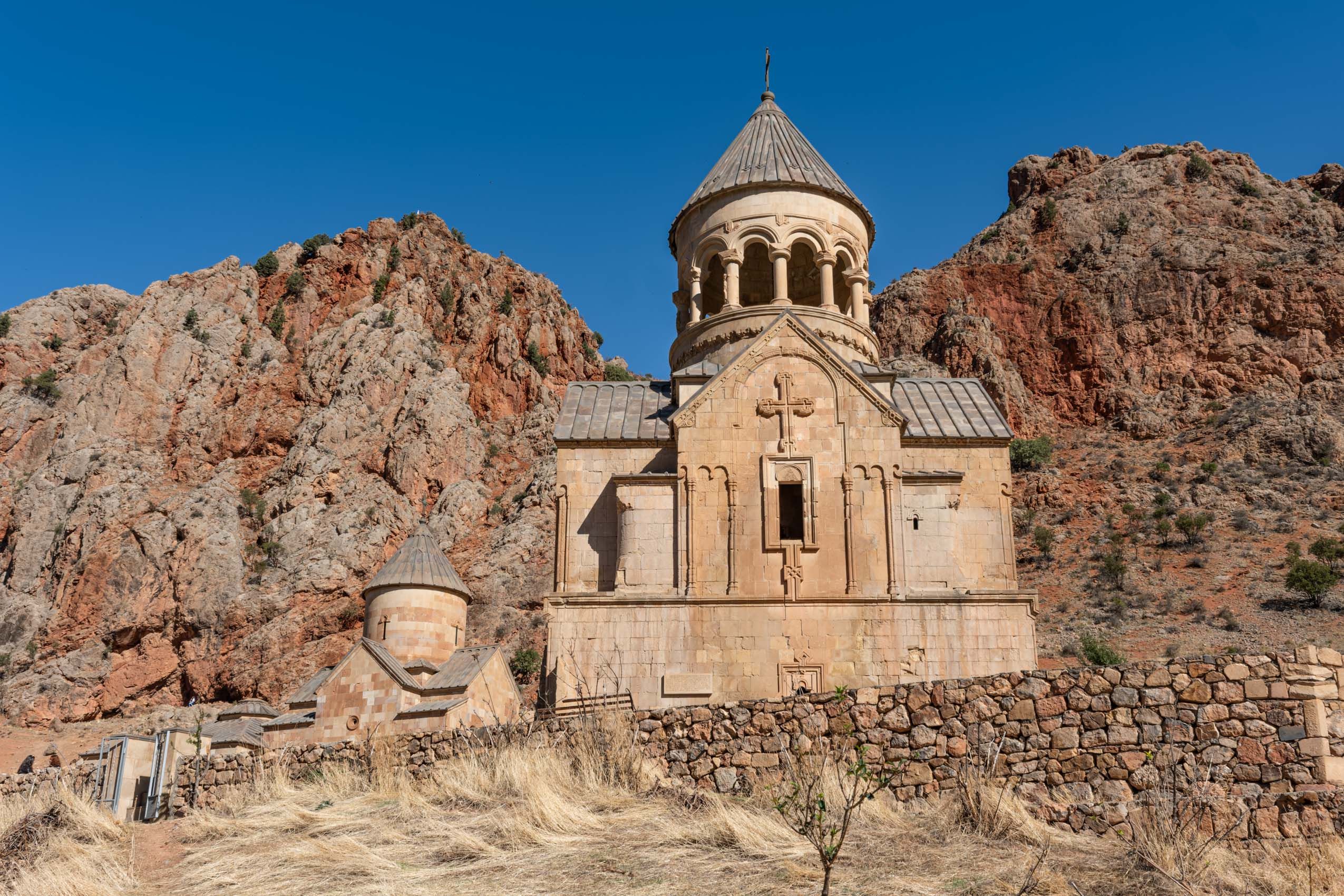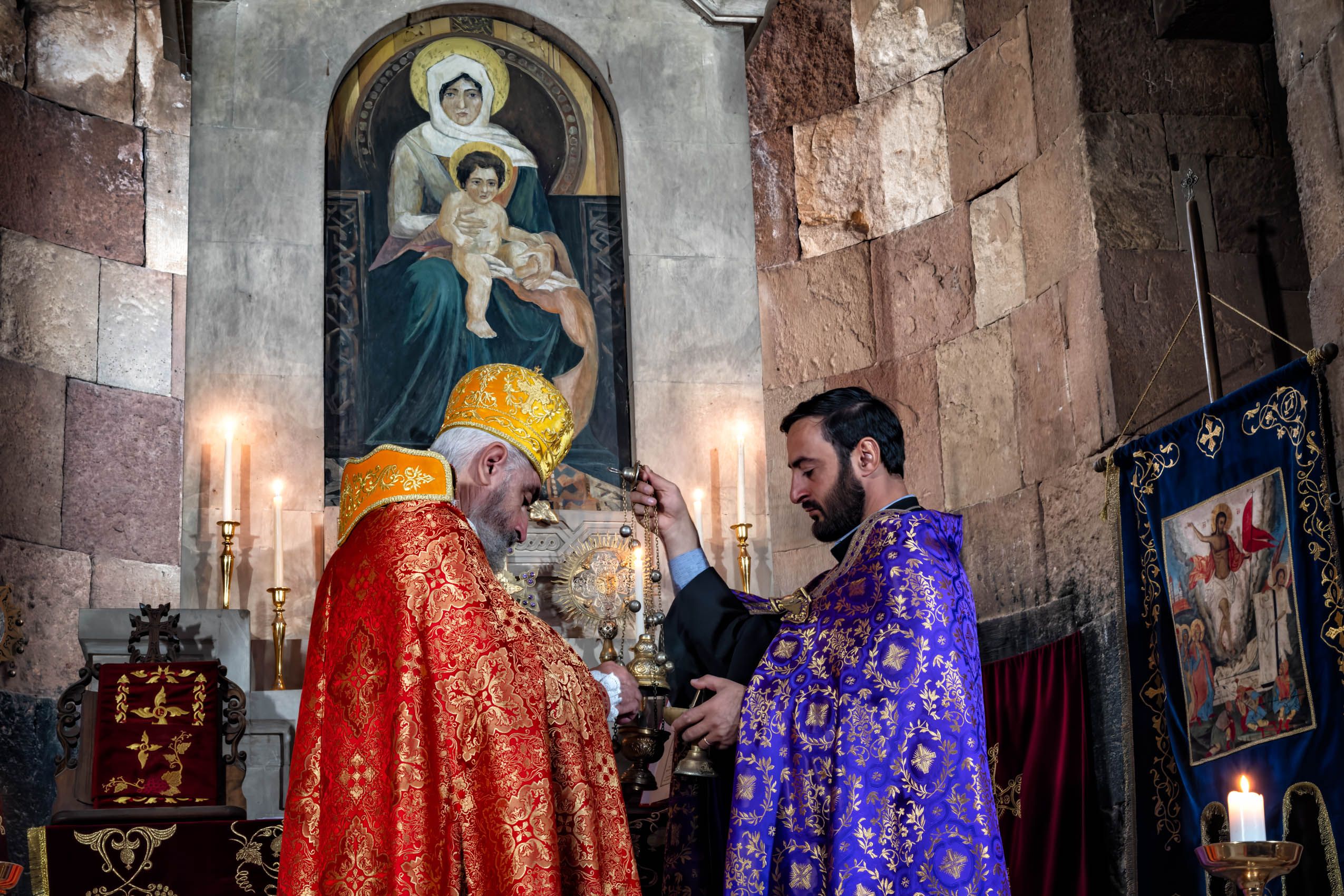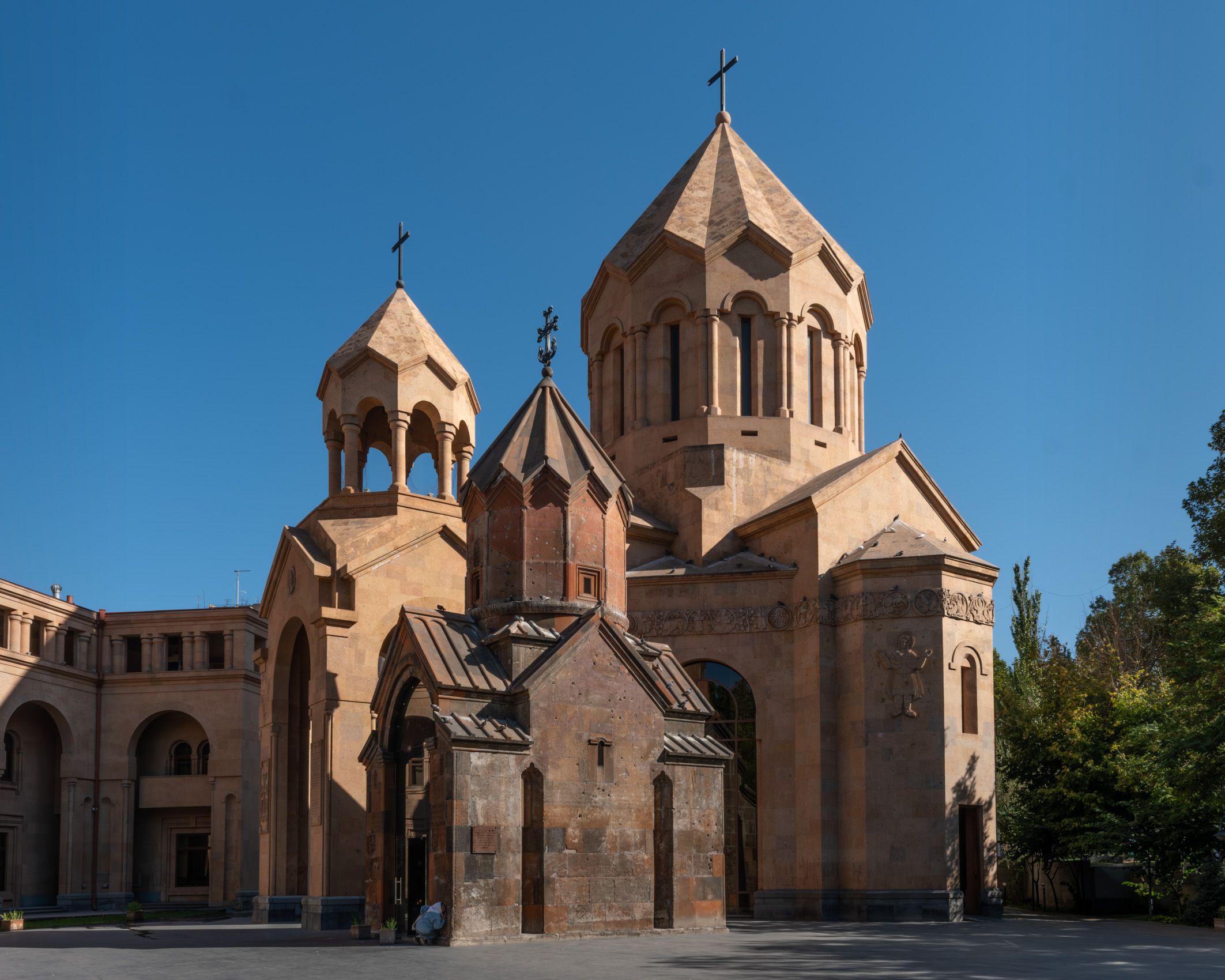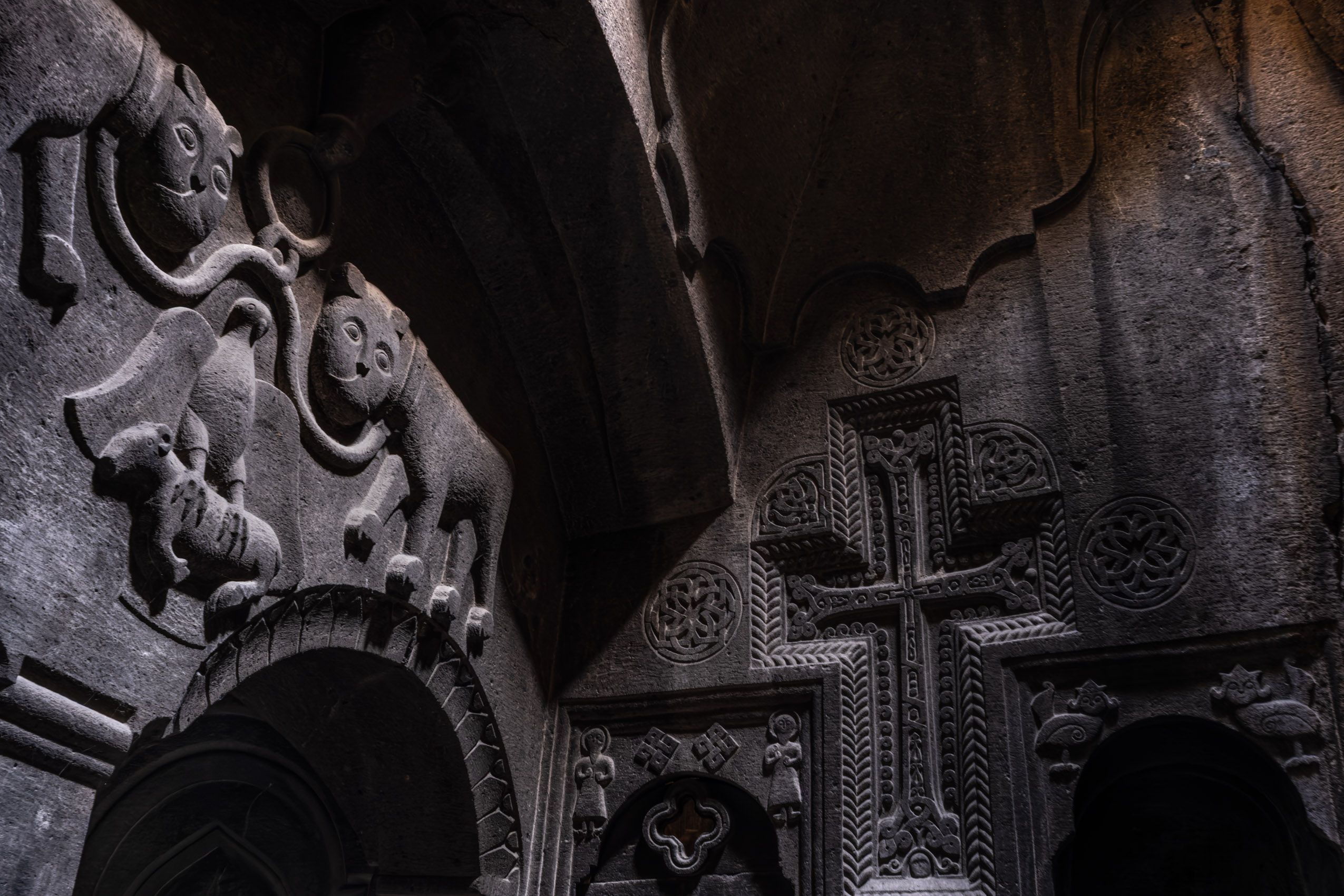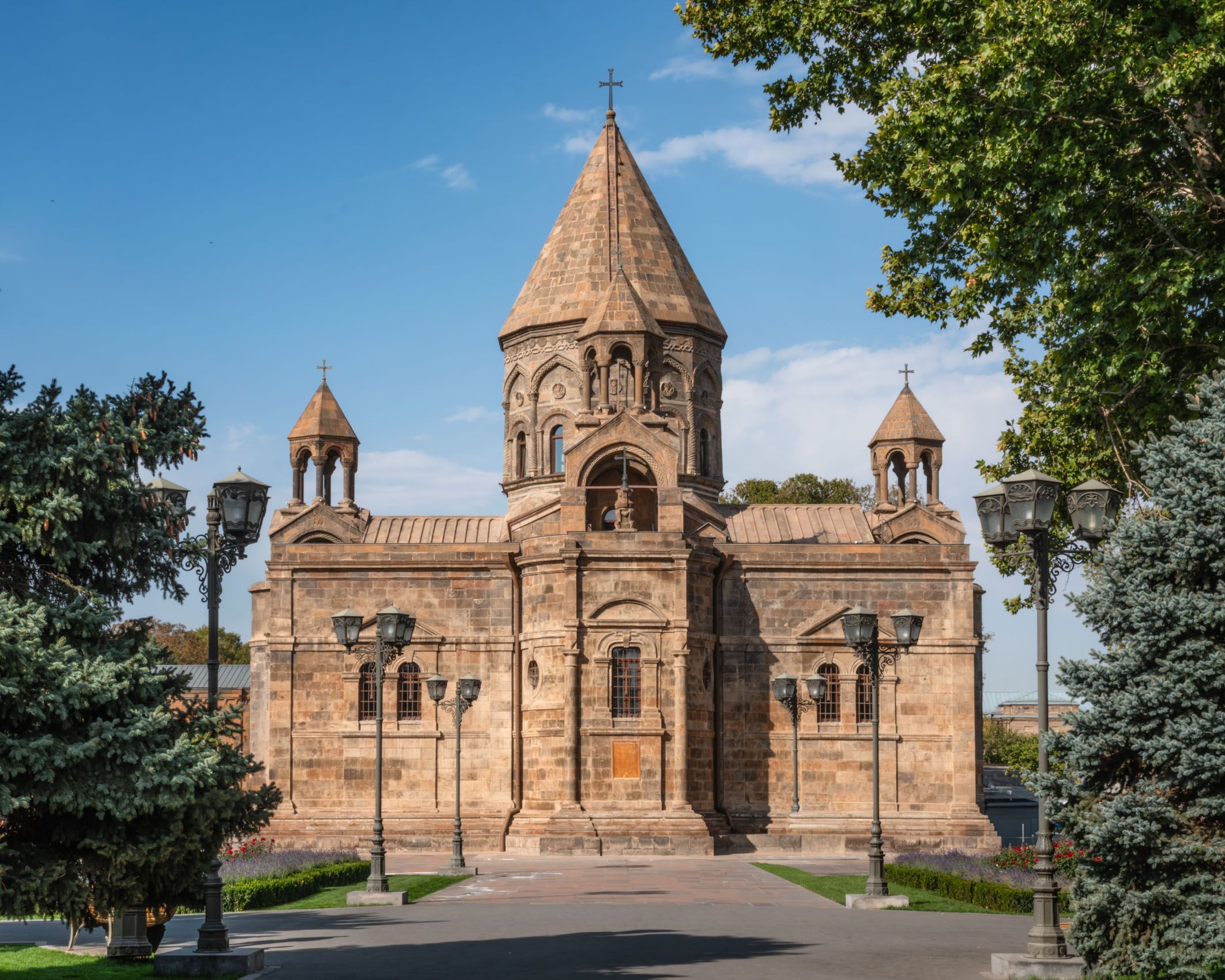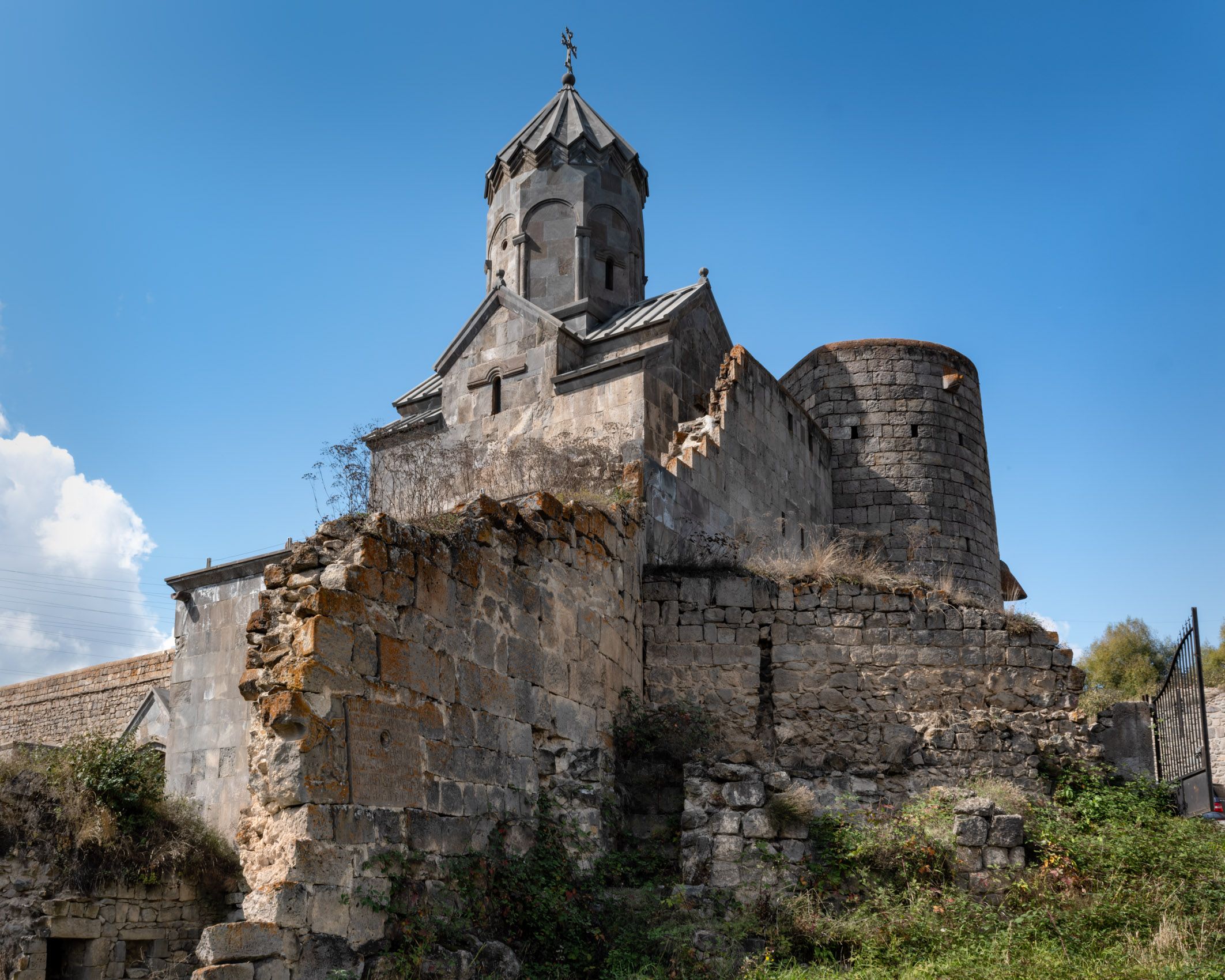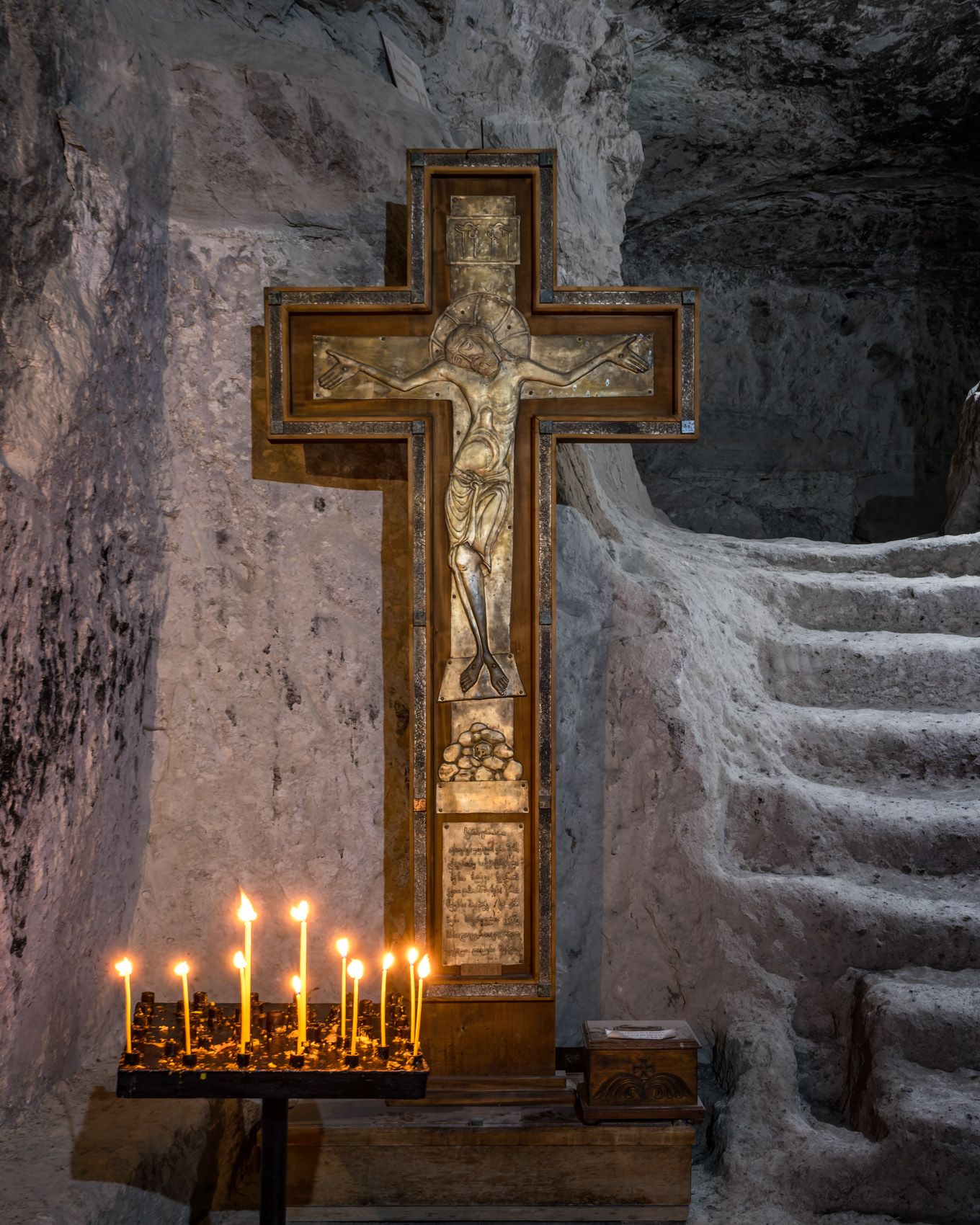ARMENIA: The Armenian Orthodox Church
The Armenian Orthodox Church, also known as the Armenian Apostolic Church, occupies a central and enduring place in the cultural, spiritual, and historical identity of the Armenian people. Regarded as one of the oldest Christian institutions in the world, it traces its origins to the early 4th century, when Armenia became the first nation to adopt Christianity as a state religion in 301 CE. This foundational event shaped not only the religious landscape of Armenia but also its political, artistic, and intellectual development in the following centuries. Throughout recurring periods of foreign domination, the Church became the primary preserver of Armenian language, literature, and cultural traditions. Thus, from its inception, the Armenian Church served not merely as a religious institution but as a guardian of national consciousness. A visit to any Armenian church will readily confirm by observation that this remains very much the case today.
Liturgically and doctrinally, the Armenian Orthodox Church belongs to the family of Oriental Orthodox Churches. Its doctrines developed along a distinct trajectory, emphasizing a unified nature of Christ rather than the dual nature recognized in many other Christian traditions. Its liturgy, rich in symbolism, sacred music, and prayers, remains one of the most venerable in continuous use, offering a unique window into the spiritual life of early Christianity.
The Armenian Church has also played a central role in the national resilience of Armenians in times of hardship. During the Armenian Genocide of 1915 and throughout centuries of foreign rule by Persians, Byzantines, Ottomans, and Soviets, the Church remained an institution around which Armenian identity could cohere. The Catholicos of All Armenians, the spiritual leader of the Church, continues to guide a global faith community that extends far beyond the borders of Armenia into a vast diaspora.
Today, the Armenian Apostolic Church continues to balance the weight of ancient tradition with the challenges of contemporary society. Armenians are acutely conscious of their calamitous history of invasions and defeats (the latest, in the second war with Azerbaijan over Nagorno-Karabakh, being still fresh) and seem pessimistic about their collective future. In this context, the Church remains a powerful cultural force, an emblem of national continuity, and a living institution that connects Armenians—both in their homeland and around the world—to a heritage stretching back more than seventeen centuries. As such, the Armenian Orthodox Church continues to stands not only as a religious body but as a foundational pillar of Armenian identity, history, and collective memory.

